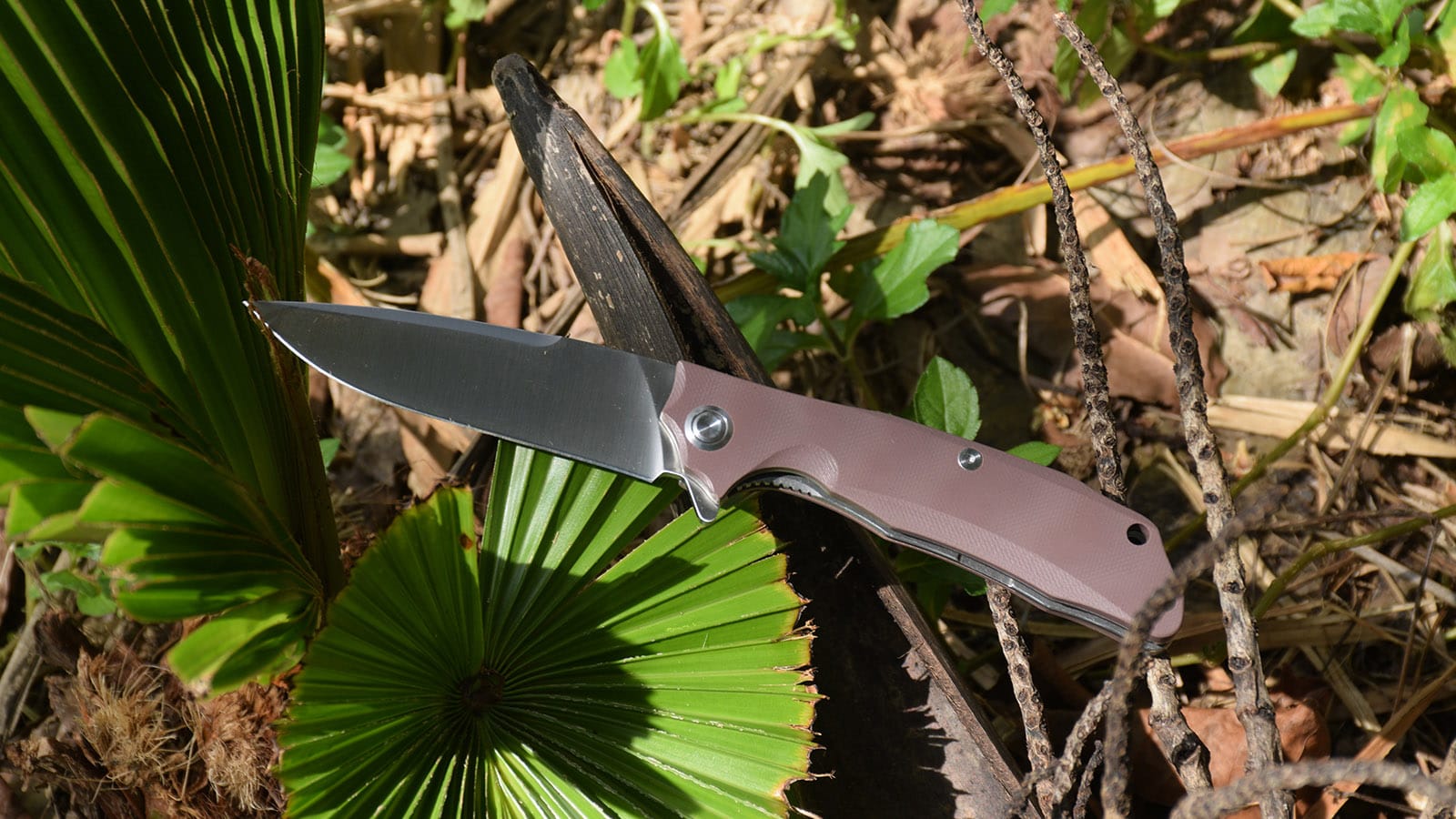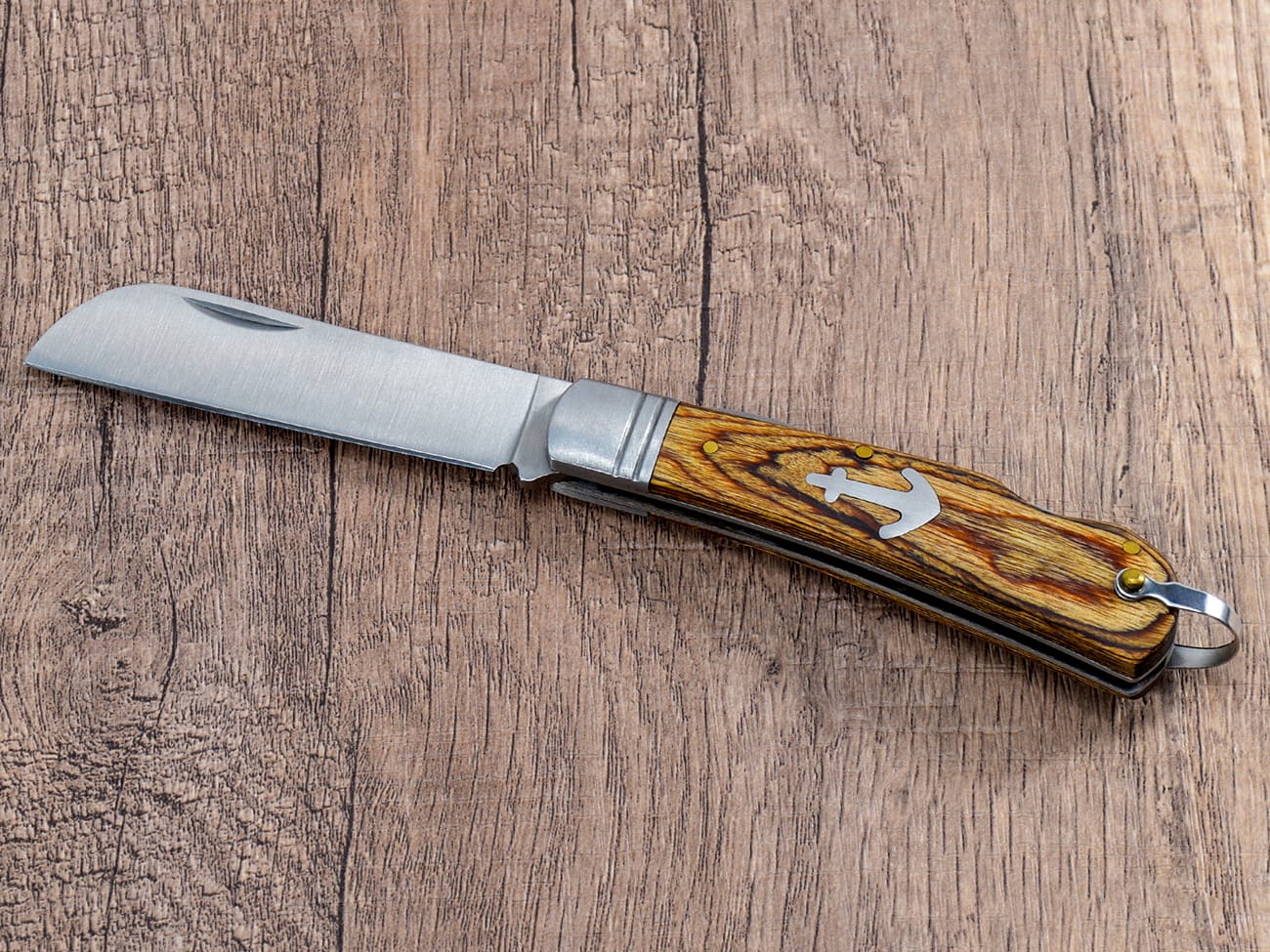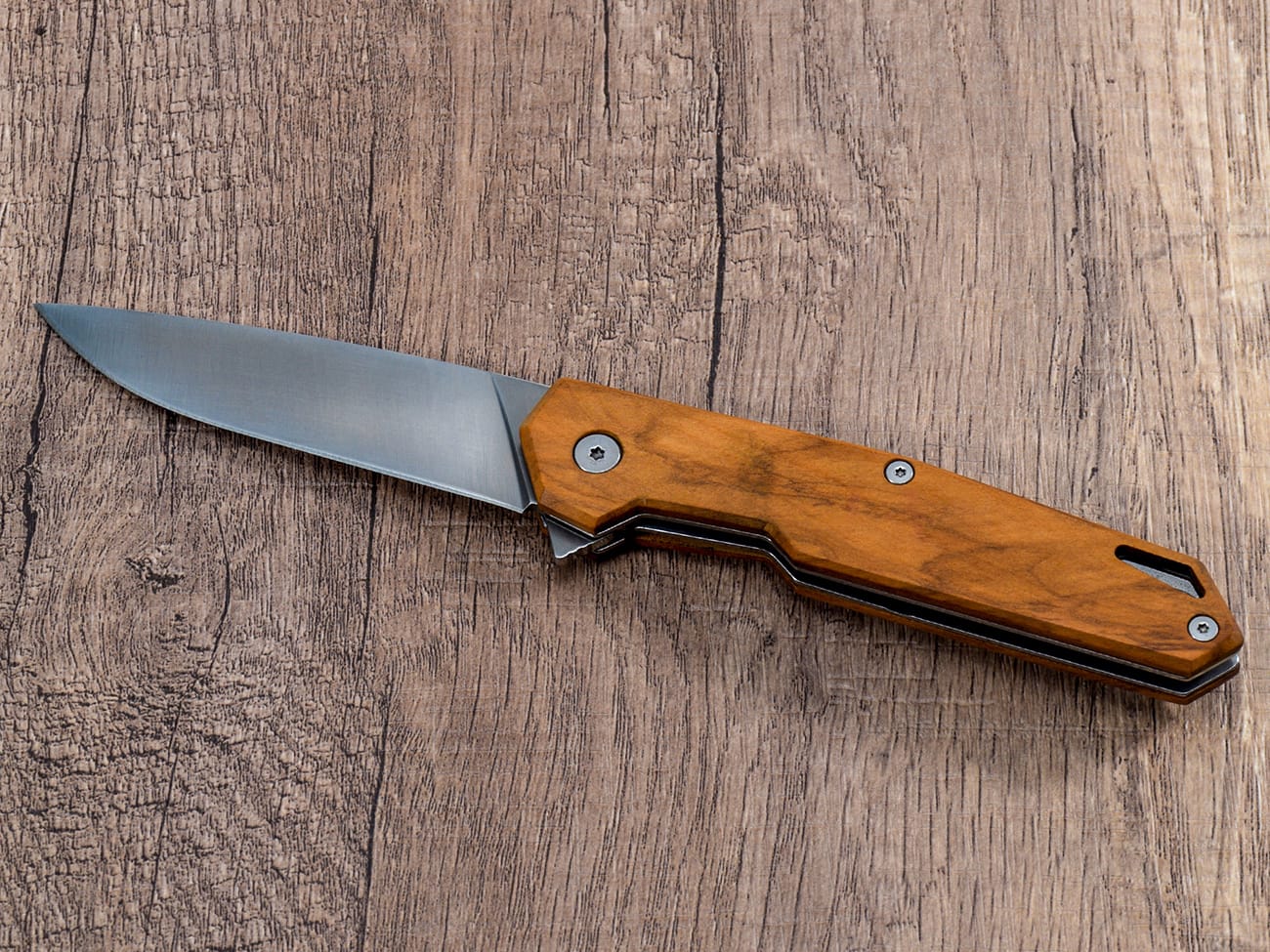Whether you’re a DIY enthusiast or a professional craftsperson, knowing how to use your pocket knife for deburring is an essential skill that can enhance your workmanship. This comprehensive guide will walk you through everything you need to know about using a pocket knife as a deburring tool, from basic techniques to professional tips.
What is Deburring and Why is it Important?
Deburring is the process of removing sharp edges and rough spots (burrs) that commonly occur after cutting or machining metal, plastic, or wood. These burrs can be dangerous, causing cuts and affecting the quality of your work. A custom pocket knife can be an effective tool for this purpose when proper deburring tools aren’t available.
Choosing the Right Pocket Knife for Deburring
Not all pocket knives are created equal when it comes to deburring. The best choice is a high-quality folding knife with these characteristics:
- Strong blade material
- Comfortable grip
- Precise edge control
- Durable construction
How Does a Pocket Knife Compare to Traditional Deburring Tools?
While specialized deburring tools exist, a pocket knife can be used to deburr effectively in many situations. Here’s how they compare:
| Tool Type | Advantages | Disadvantages |
|---|---|---|
| Pocket Knife | Portable, versatile, readily available | Requires more skill, may not work for all materials |
| Dedicated Deburring Tool | Designed specifically for task, consistent results | Limited to one purpose, additional cost |

A custom EDC utility knife suitable for deburring tasks
Safety First: Essential Precautions When Deburring
Before you begin deburring with your pocket knife, follow these important safety guidelines:
- Wear appropriate protective gear
- Ensure proper lighting
- Maintain a clean workspace
- Keep your knife sharp and well-maintained
Step-by-Step Guide to Deburring with a Pocket Knife
- Prepare your workspace
- Inspect the burr location and size
- Position your knife at the correct angle
- Apply consistent pressure
- Work in one direction
- Check progress frequently
Common Mistakes to Avoid When Deburring
Learning from others’ experiences can help you avoid these frequent errors:
- Using too much pressure
- Working with a dull blade
- Incorrect angle of approach
- Rushing the process
Different Materials, Different Approaches
The deburring technique varies depending on the material:
“The key to successful deburring is understanding how different materials respond to the blade.” – Professional metalworker
When to Use Alternative Methods
Sometimes a utility knife or specialized tool might be better suited for the task. Consider these factors:
- Material hardness
- Burr size
- Precision requirements
- Surface finish needs
Maintaining Your Pocket Knife for Deburring Tasks
To ensure your knife remains effective for deburring:
- Regular cleaning
- Proper storage
- Timely sharpening
- Edge maintenance
Professional Tips for Better Results
Here are some expert insights for achieving professional-quality deburring:
- Work in good lighting
- Use smooth, controlled motions
- Keep the blade at a consistent angle
- Check your work frequently
Key Takeaways:
- Always prioritize safety when deburring
- Choose the right knife for the task
- Maintain proper technique and angle
- Regular knife maintenance is crucial
- Practice improves precision
- Consider material properties
- Know when to use alternative tools
Remember, while a pocket knife can be an effective deburring tool, success comes from proper technique, practice, and understanding your materials. With these guidelines, you’ll be able to achieve professional-quality results in your deburring tasks.




